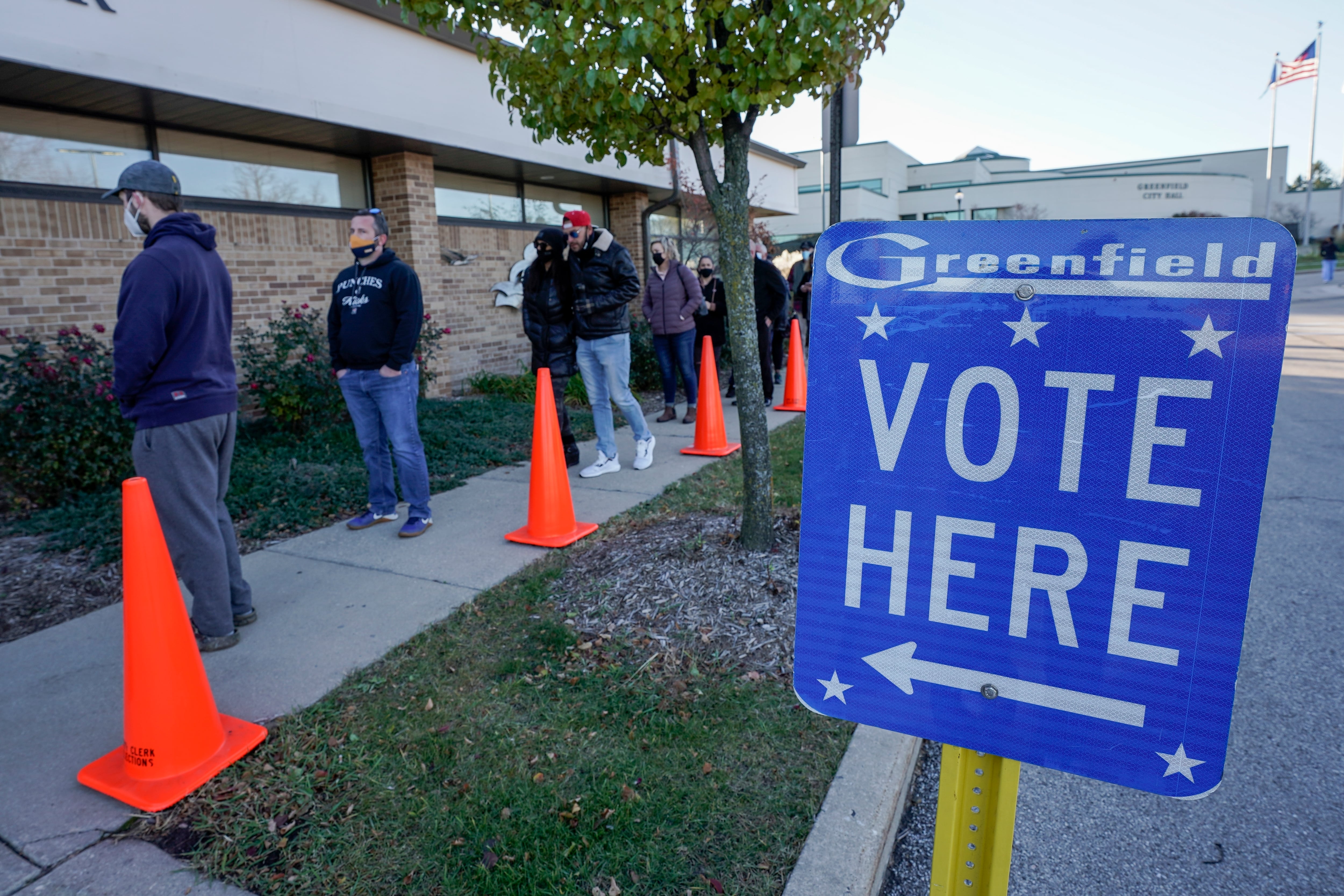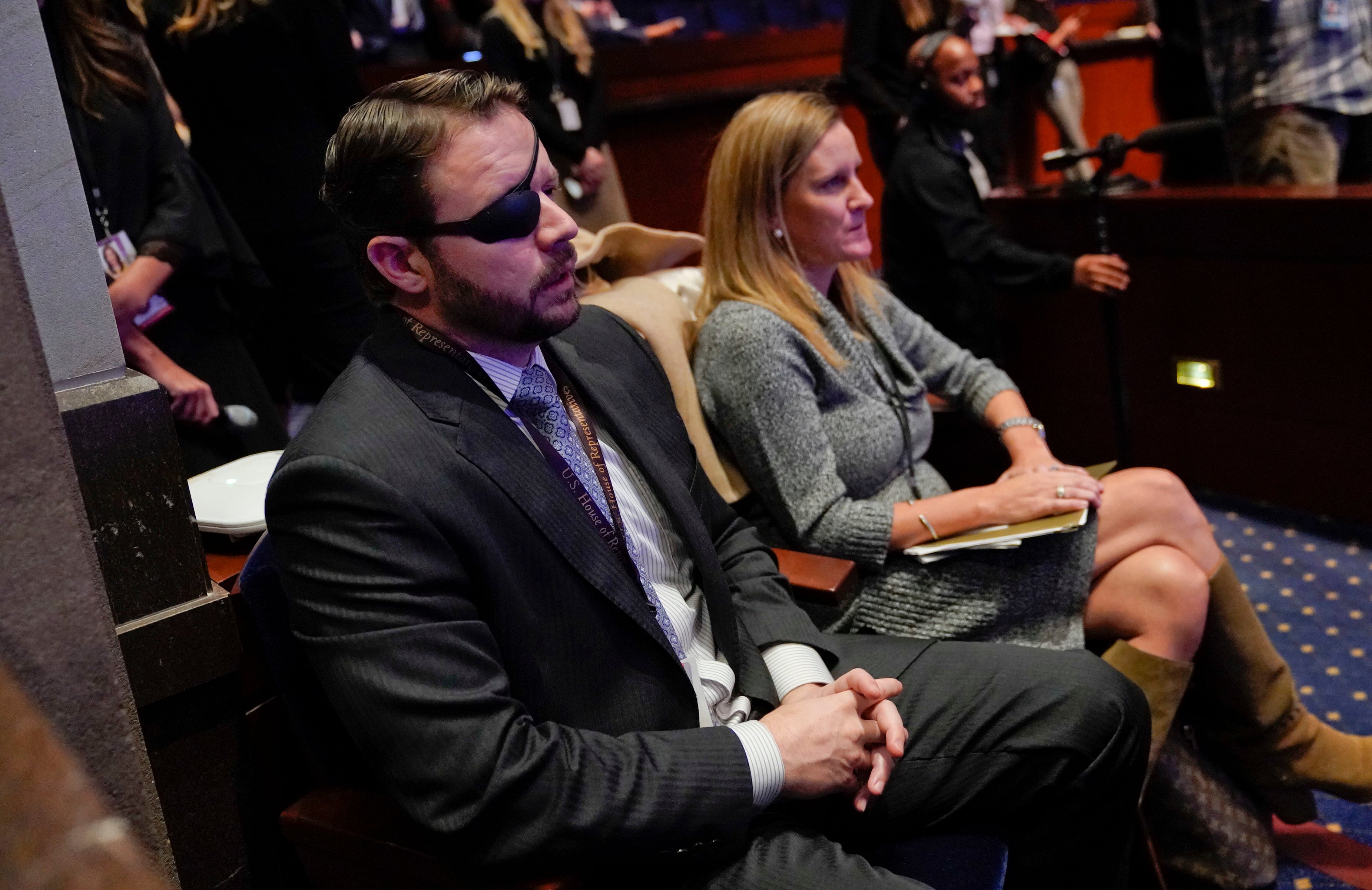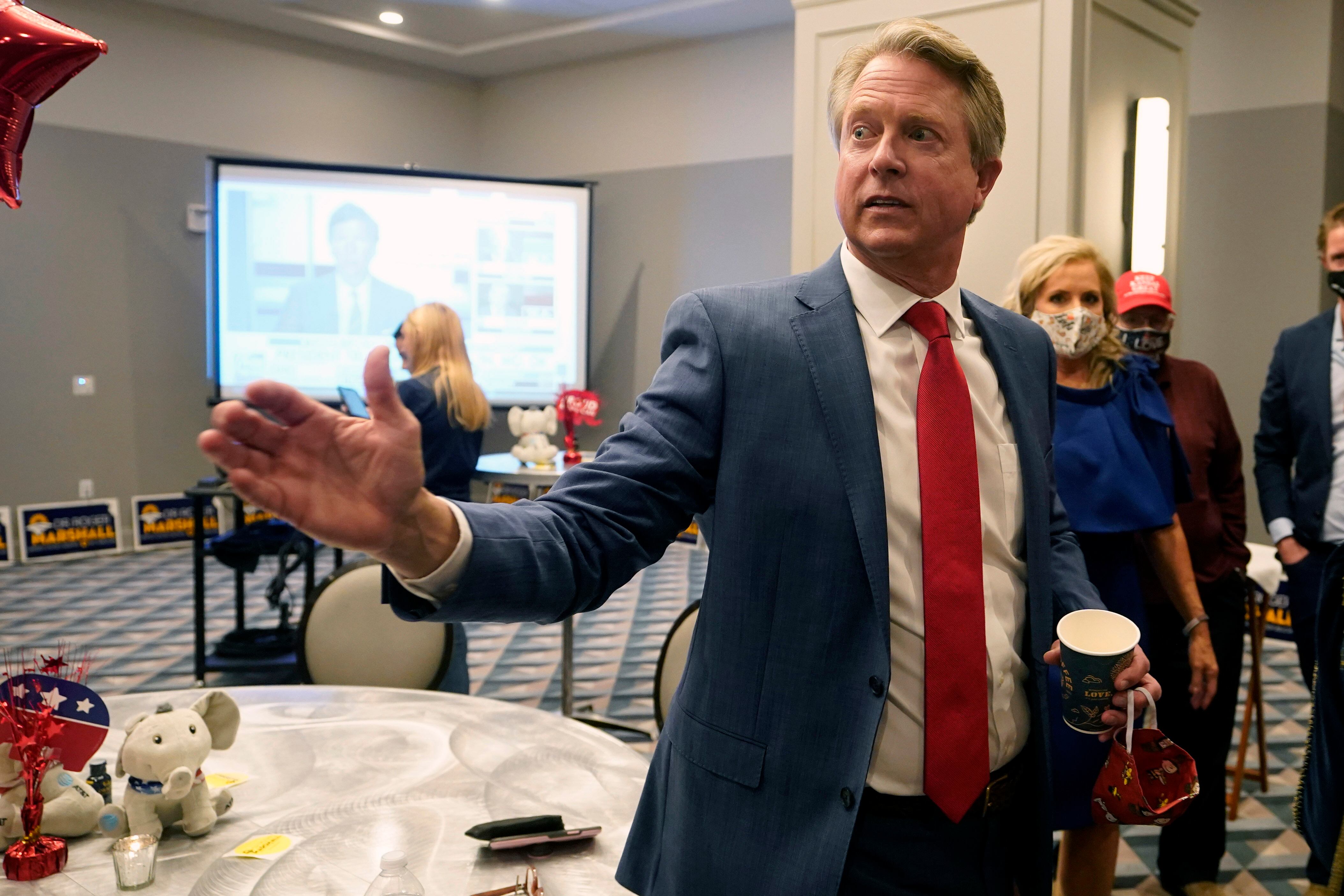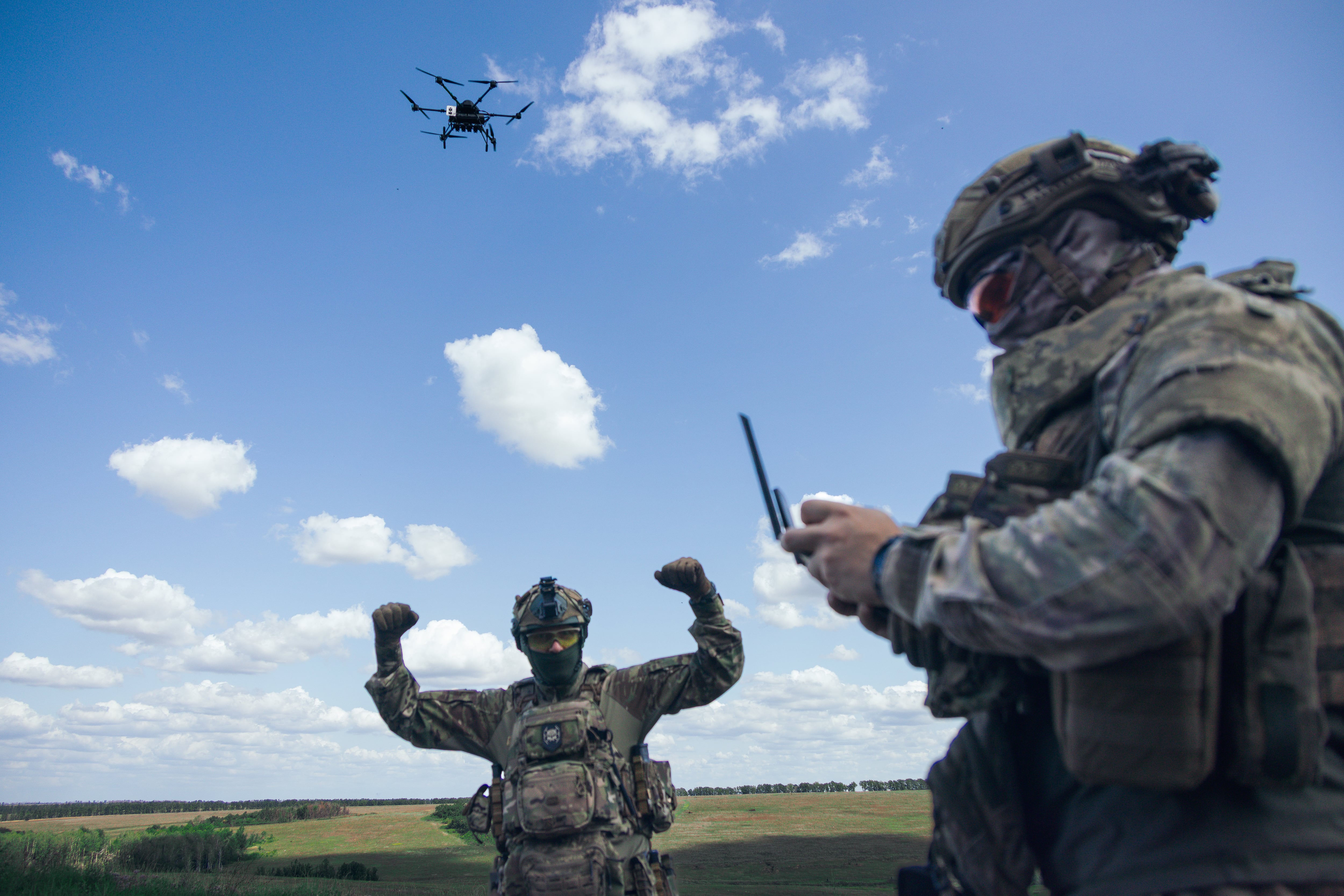The number of military veterans in Congress will drop again next session, reaching the lowest levels of members with some military experience since at least World War II.
For now, 91 veterans are set to be sworn in as members of the 117th Congress in January, a decrease of five from the start of the 116th Congress in 2019. Of the group, 74 will serve in the House, and 17 in the Senate.
More than two-thirds of the veterans set to serve are Republicans. There are 16 newcomers: two senators (Arizona Democrat Mark Kelly and Kansas Republican Roger Marshall) and 14 House members (12 of whom are Republicans).
But those additions didn’t fully replace the number of lawmakers who retired in recent years or failed to win reelection.
RELATED

Since the start of the 93rd Congress in 1973, when 390 lawmakers (about 73 percent of Congress) had some type of military experience on their resumes, the number of veterans in Congress has declined steadily.
In 1993, 236 lawmakers were veterans, according to Congressional Research Service records. By 2001, that number was down to 168. In 2011, it was only 118.
The 91 veterans in Congress is set to be the lowest number since at least the end of World War II. Congressional records on veterans serving in elected office before then are incomplete.
Officials from the Veterans Campaign — a non-partisan organization which trains veterans to run for public office — said much of that decline in the last 50 years is due to demographics rather than any public rejection of candidates with military experience.
As the number of veterans in America has steadily declined since the days of the Vietnam War-era military drafts, so too have the number of veteran candidates. Veterans and members of the military make up about 7 percent of the American population today.
Even with the years of decreases in Congress, veterans will still make up about 17 percent of the 117th session’s membership.
This year’s congressional races saw the highest-ever number of female veteran candidates who won primary contests (24, almost double the total in 2018) but the number of female veterans in Congress at the start of next year will be only six, a decrease of one from the 116th session.
Rep. Tulsi Gabbard, D-Hawaii, and an Army National Guard solider, opted not to run for reelection this year after her unsuccessful presidential run. Sen. Martha McSally, R-Ariz., and an Air Force veteran, lost her reelection bid to Kelly.
RELATED

The only new female veteran entering Congress next year is Iowa Republican Mariannette Miller-Meeks, whose six-vote win was certified by state officials earlier this week. That contest still could be subject to legal fights in coming weeks.
Miller-Meeks’ victory was one of three races featuring veterans to be resolved this week, nearly a month after Election Day in early November.
Despite the overall decrease in the number of veteran lawmakers, officials from the Veterans Campaign said that figure could reverse in coming years.
“Until very recently, it was among the elder statesmen in Congress that you would find the most military veterans,” said Seth Lynn, founder of the group. “Today, it’s the opposite.”
Of the 79 lawmakers elected to the 117th Congress who are aged 45 or younger, 21 (about 27 percent) served in the military.
The new Congress is scheduled to be seated on Jan. 3.
Leo covers Congress, Veterans Affairs and the White House for Military Times. He has covered Washington, D.C. since 2004, focusing on military personnel and veterans policies. His work has earned numerous honors, including a 2009 Polk award, a 2010 National Headliner Award, the IAVA Leadership in Journalism award and the VFW News Media award.










